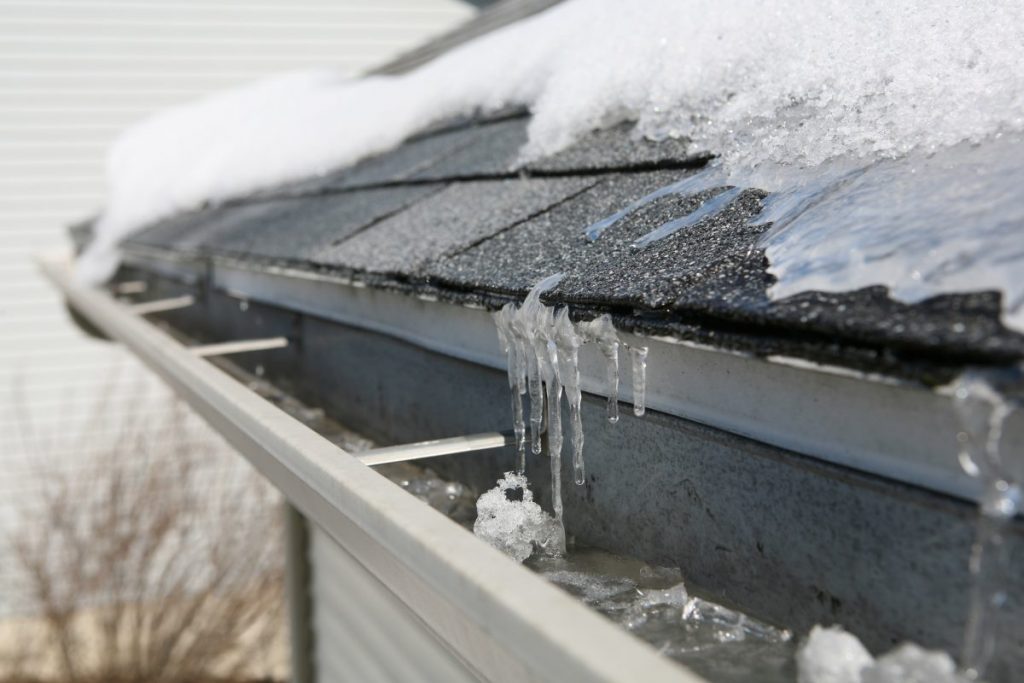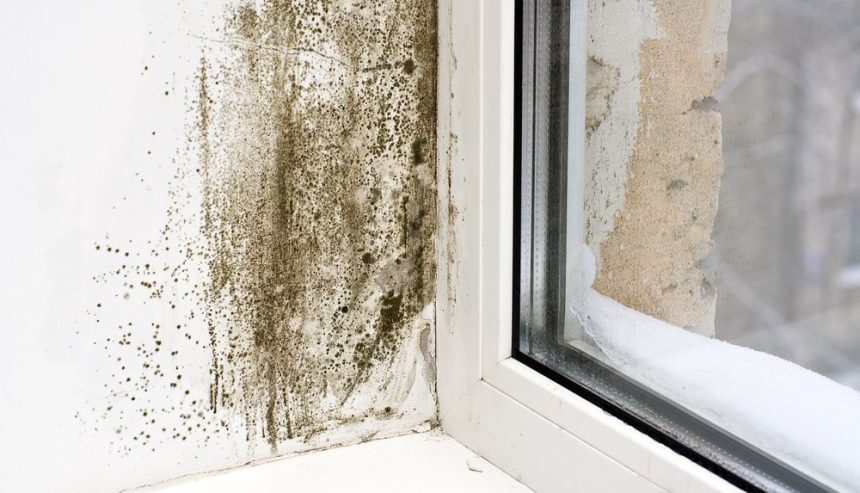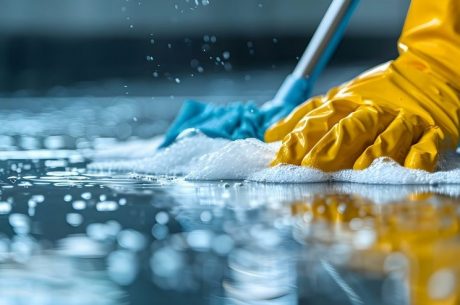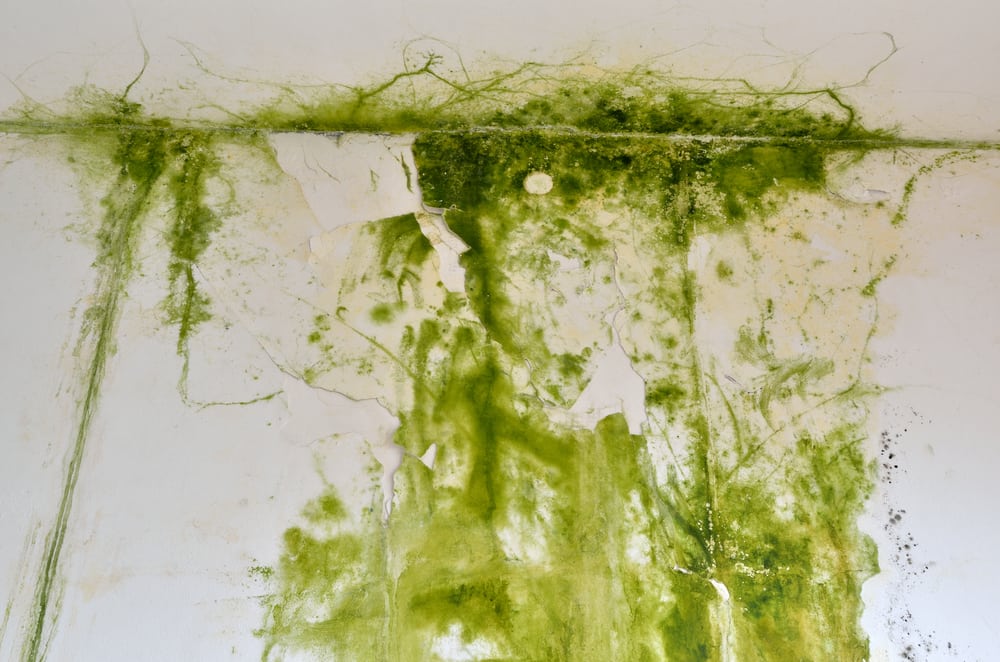When we think of mold, we usually picture humid summer days, damp basements, or neglected bathrooms. But mold isn’t just a warm-weather problem—it thrives in the winter, too. In places like Suffolk and Nassau Counties, where cold temperatures force us to seal our homes tightly, the combination of trapped moisture, poor ventilation, and condensation creates the perfect breeding ground for mold growth.
At PuroClean of Huntington, we often receive calls from homeowners surprised to find mold in their homes during the colder months. The truth is, winter presents unique conditions that make mold just as much of a problem—if not more—than in the summer.
How Mold Grows in Cold Weather
Mold spores are always present in the air, waiting for the right conditions to take hold. While mold needs moisture to grow, it doesn’t require warm temperatures to do so. In fact, winter introduces a series of factors that make mold more likely to spread unnoticed.
One of the biggest culprits is condensation. When warm indoor air meets cold surfaces—such as windows, exterior walls, or uninsulated pipes—moisture collects. This condensation provides the damp environment mold needs to grow. Homes that lack proper ventilation, especially in areas like attics, basements, and crawl spaces, are at even greater risk.

Another common issue is roof leaks caused by ice dams. When snow and ice accumulate on rooftops and begin to melt, the water often gets trapped behind ice formations along the edges of the roof. If this water seeps into the attic, it can soak insulation and drywall, creating the ideal conditions for mold to develop—sometimes without homeowners even realizing it.
Even everyday winter habits contribute to the problem. Running a humidifier too frequently, drying clothes indoors, or failing to use exhaust fans in the kitchen or bathroom can all add excess moisture to the air, increasing the chances of mold taking hold.
Why Winter Mold is a Bigger Problem Than You Think
Unlike summer mold, which is often easy to spot in damp bathrooms or basements, winter mold is more insidious. Because it often forms in hidden areas—inside walls, under flooring, behind furniture—it can go undetected for months. By the time visible signs appear, mold has already spread, leading to costly damage and potential health concerns.
For those with allergies, asthma, or respiratory conditions, mold exposure in winter can be particularly harmful. With windows and doors shut tight, indoor air quality suffers, allowing mold spores to circulate freely. Symptoms like coughing, sneezing, itchy eyes, and even chronic fatigue can all be signs of prolonged mold exposure.
Preventing Mold Growth During the Cold Months
The best way to deal with winter mold is to prevent it from forming in the first place. The key is to control moisture levels inside the home. Using a dehumidifier, ensuring good air circulation, and keeping humidity levels between 30-50% can significantly reduce the risk of mold growth.
It’s also important to stay ahead of potential problem areas. Regularly inspecting windows for condensation, checking attics for leaks, and keeping an eye on basement moisture levels can help catch mold issues before they get out of hand. If condensation is forming on windows, using weatherstripping or insulated curtains can help reduce the temperature difference and prevent moisture buildup.
Proper ventilation is crucial. Kitchen and bathroom exhaust fans should be used consistently, and furniture should be arranged in a way that allows air to circulate freely—especially in rooms that tend to stay damp.
When to Call a Professional for Mold Removal
If you suspect mold growth in your home, it’s essential to act quickly. Attempting to clean it with household products like bleach can agitate mold spores, causing them to spread further into the air. More importantly, surface cleaning won’t address the root of the problem—hidden moisture.
At PuroClean of Huntington, we specialize in moisture detection and full remediation services to ensure mold is not just removed but prevented from returning. Our advanced HEPA filtration systems and professional drying equipment help eliminate mold safely and effectively, without spreading spores to other areas of your home.
Winter may not seem like prime mold season, but it’s one of the most critical times to stay vigilant. If you notice musty odors, unexplained allergy symptoms, or visible mold growth, don’t wait until spring to address it—mold doesn’t take the winter off, and neither should you.
Need Help with Winter Mold?
If you’re dealing with mold or suspect moisture issues in your home or business, PuroClean of Huntington is here to help. Call us today at (631) 402-9700 for a professional mold inspection and remediation plan.




 PuroClean of Huntington
PuroClean of Huntington